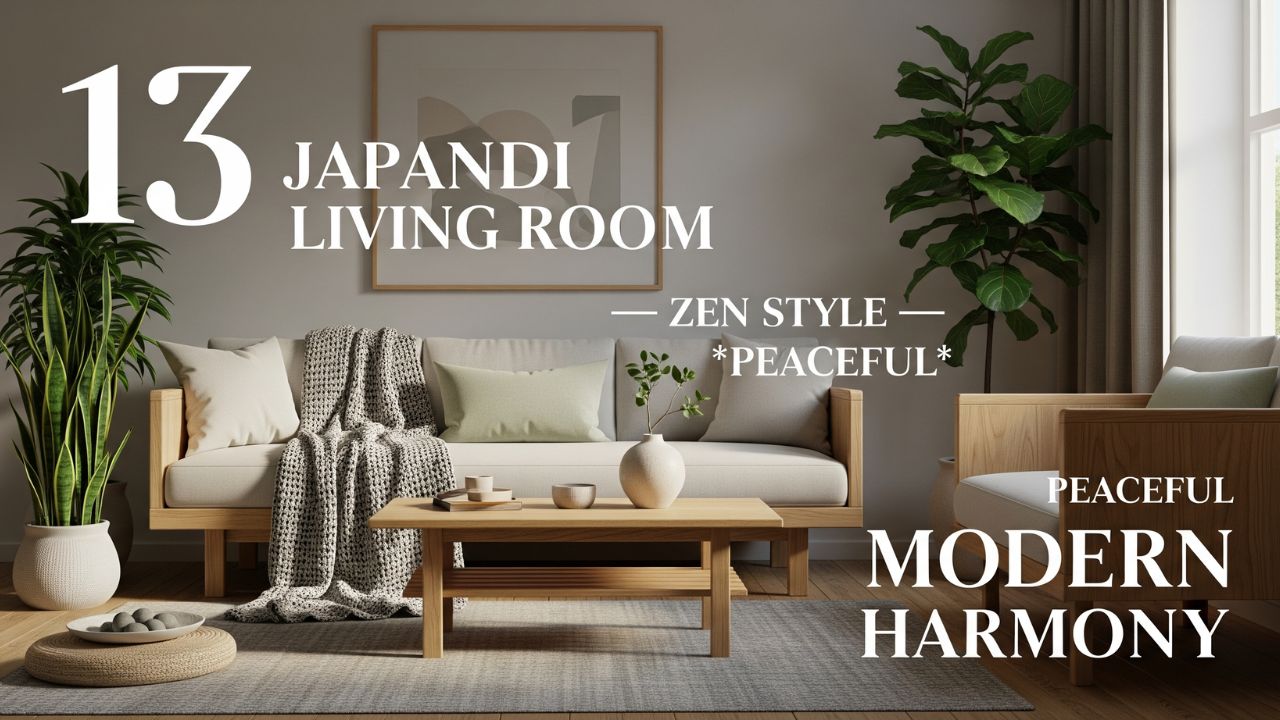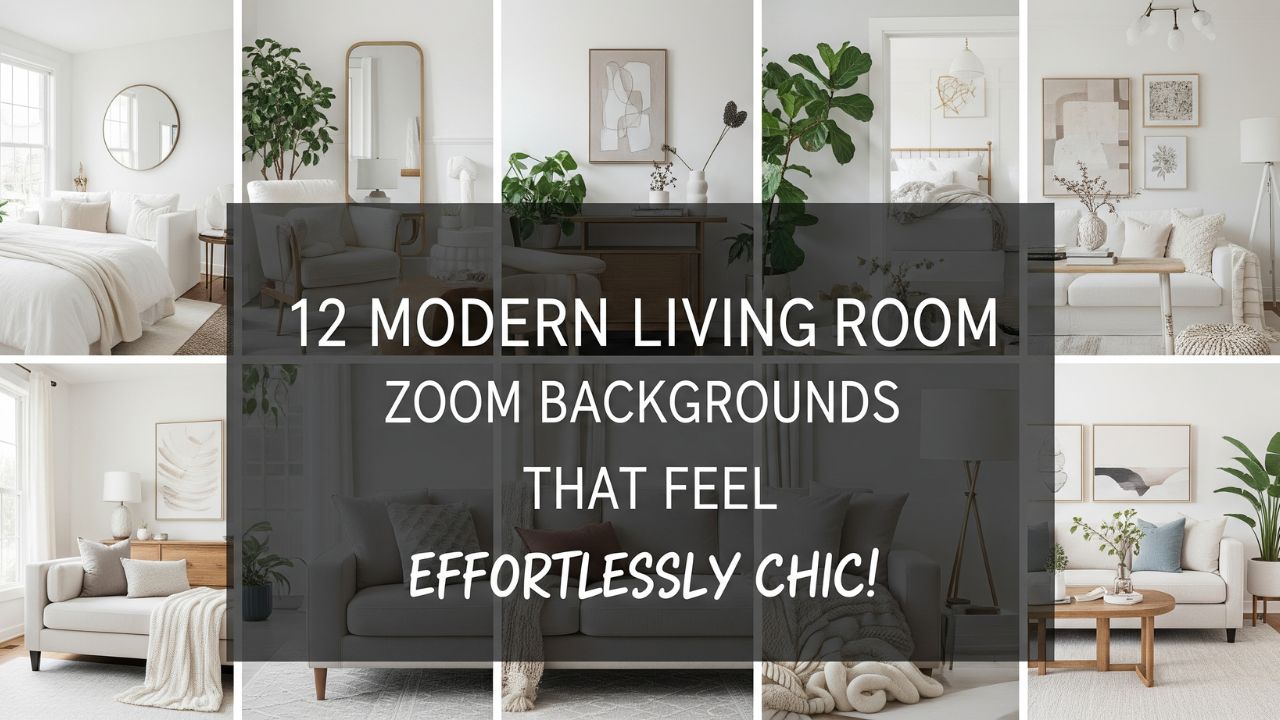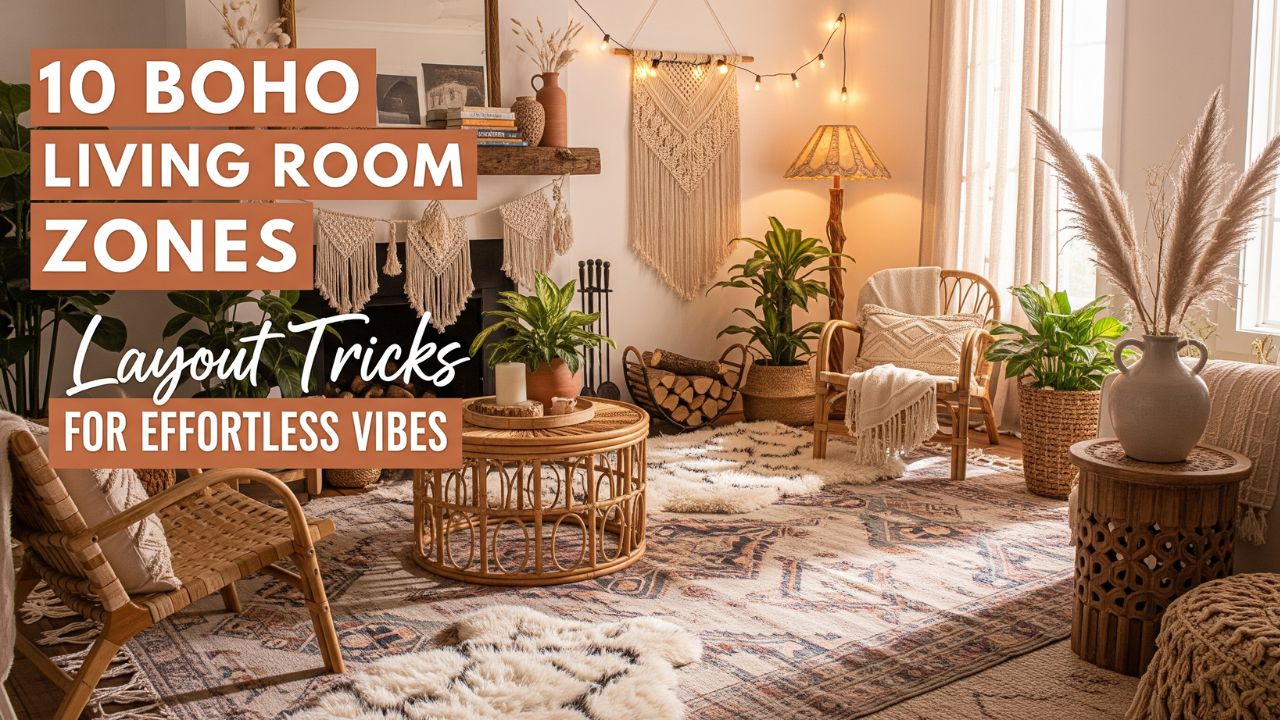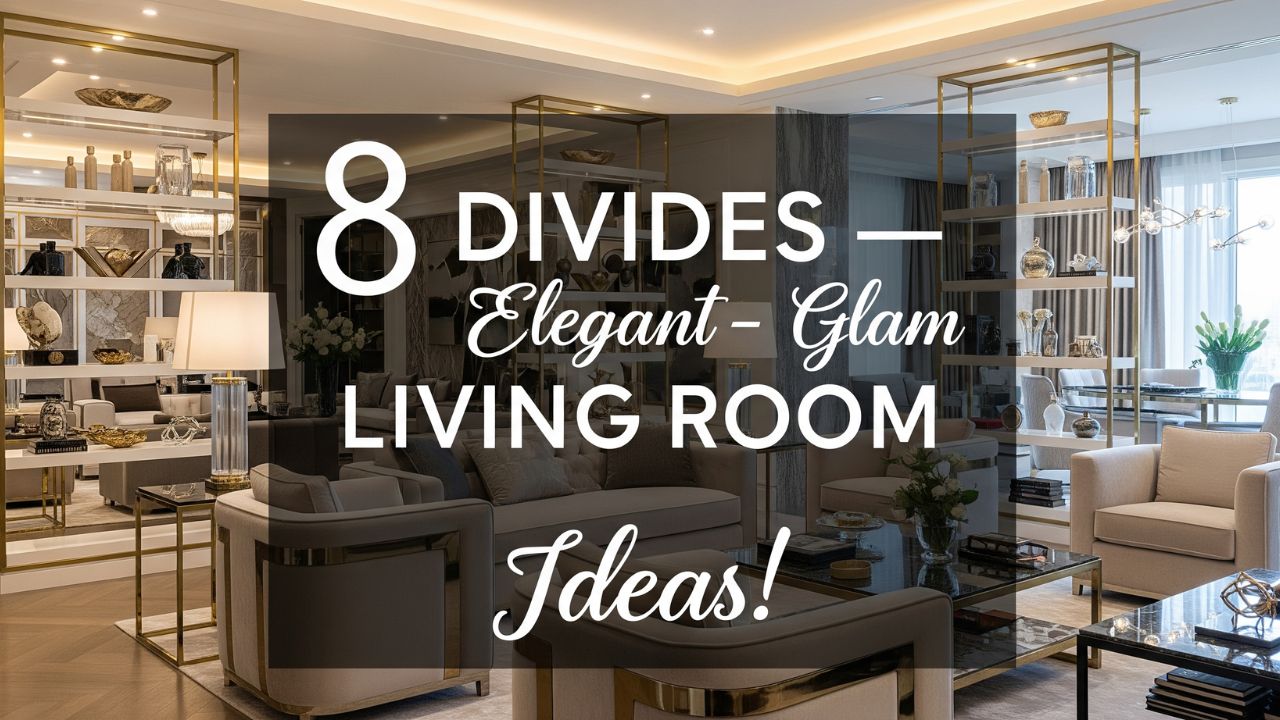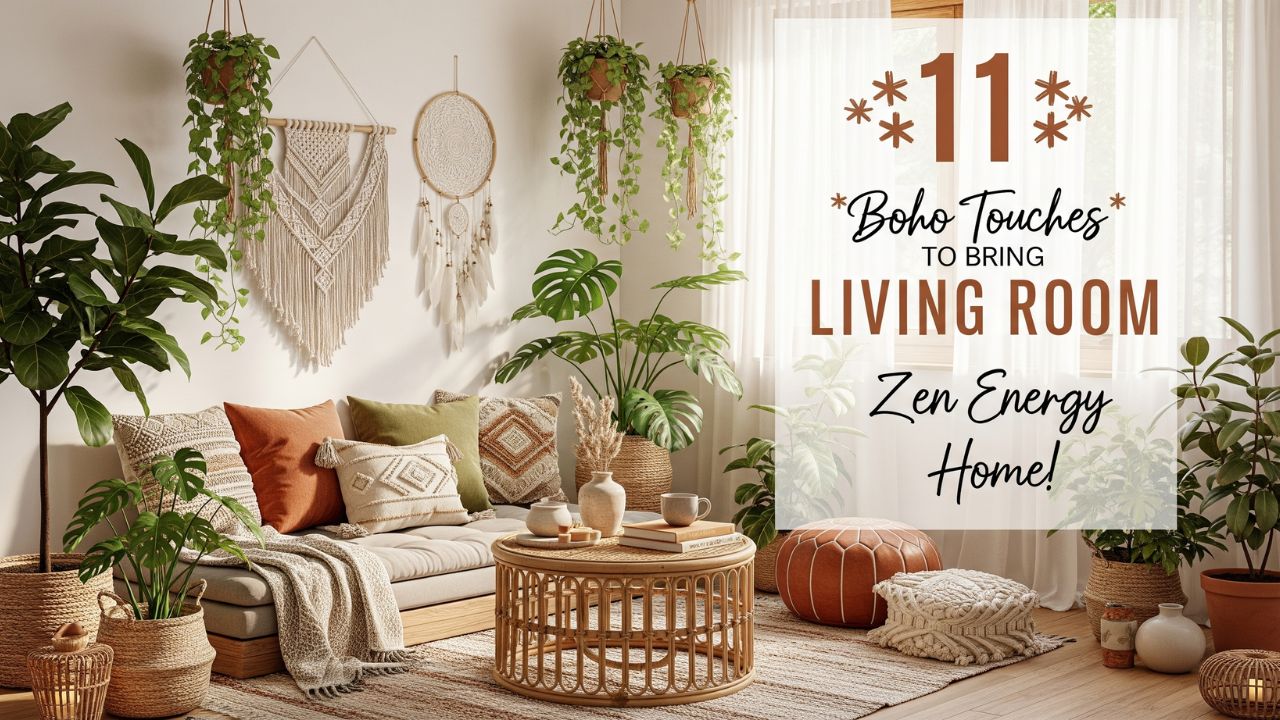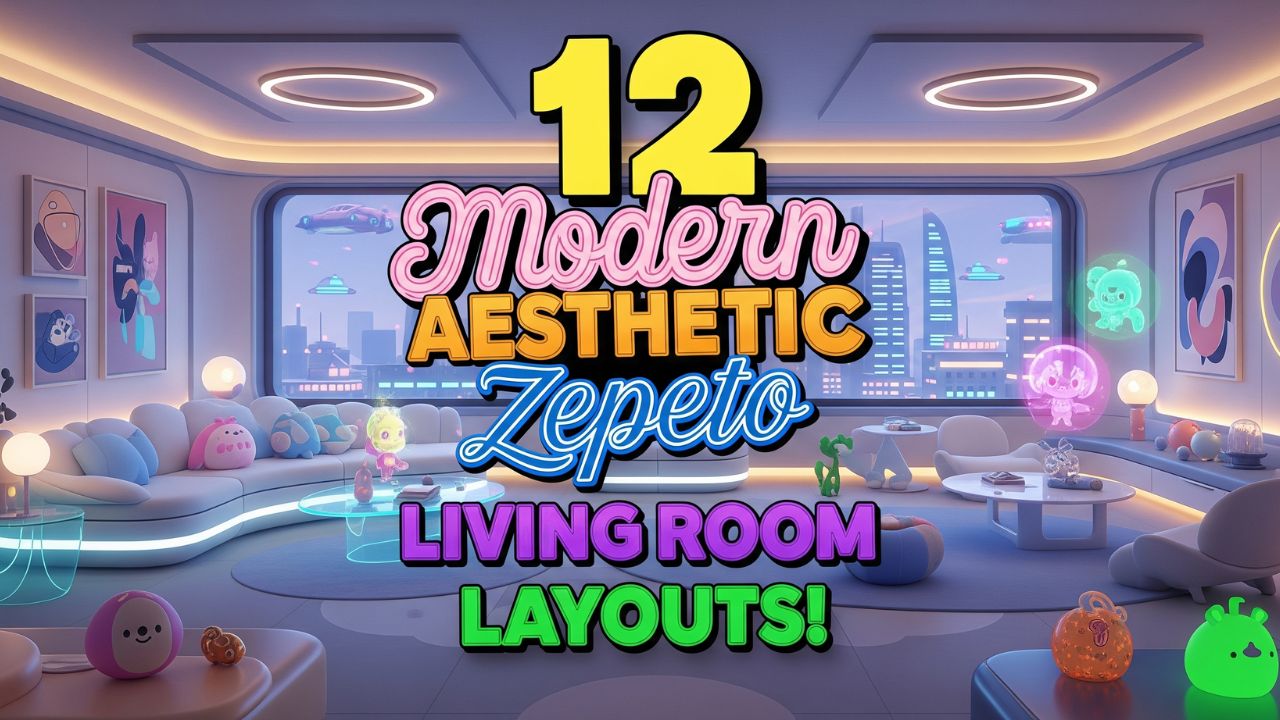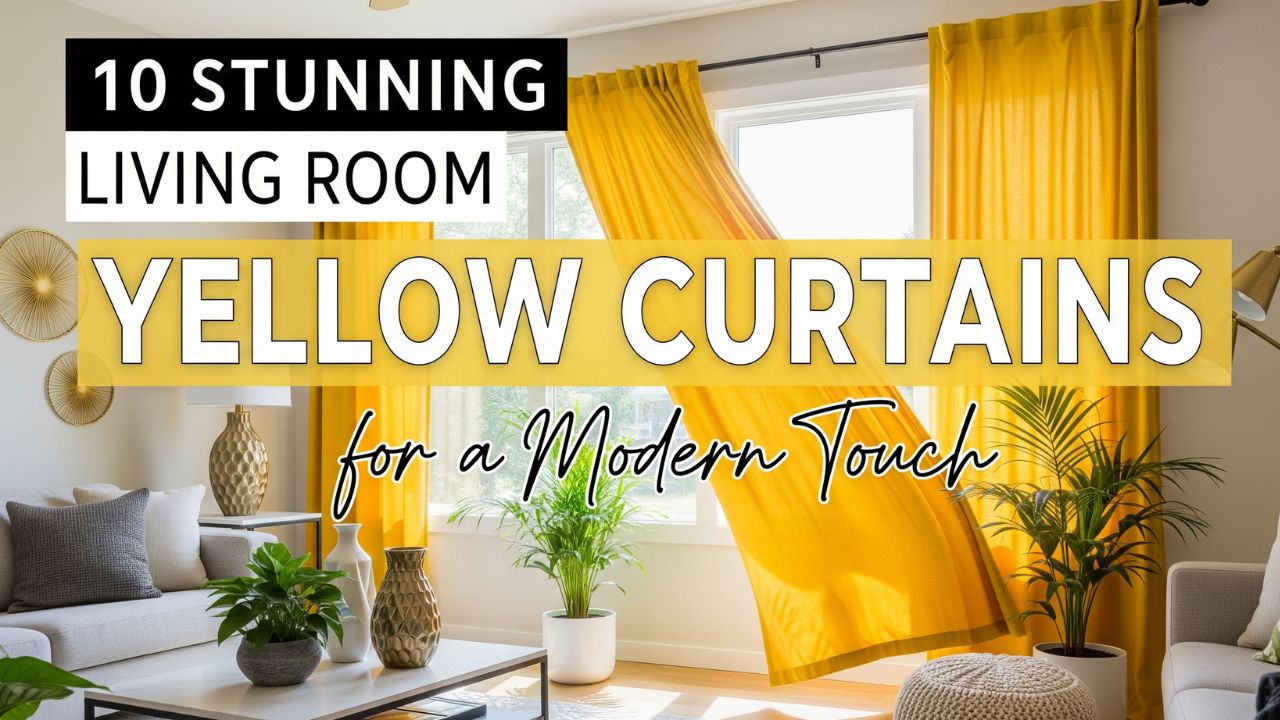Ever walked into a living room where the TV area feels clean, modern, and somehow makes the whole space look bigger? That’s the magic of a floating TV unit.
Unlike traditional bulky cabinets that eat up floor space, floating TV units “float” above the floor — giving your living room an airy, minimalist feel while still offering functional storage.
Here’s a fact most people don’t know: homes with well-organized TV zones are perceived as 30% more spacious by viewers (according to a 2024 home design survey).
So if you’ve been wondering how to create a stylish entertainment corner that feels modern, organized, and clutter-free, this guide is your ultimate inspiration.
Below are 10 unique floating living room TV unit styles that blend design, function, and simplicity — each perfect for modern, contemporary, and even boho homes.
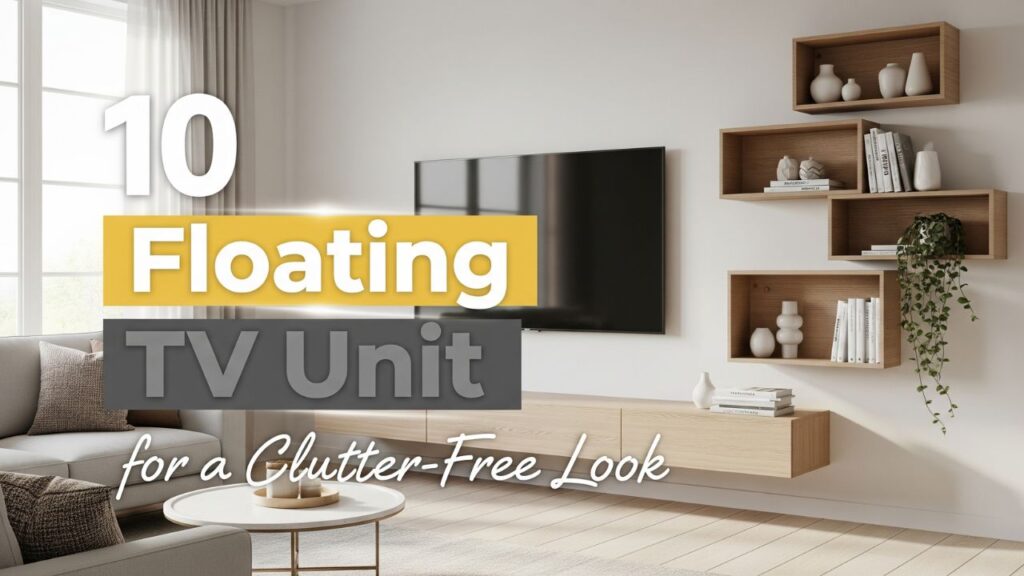
Table of Contents
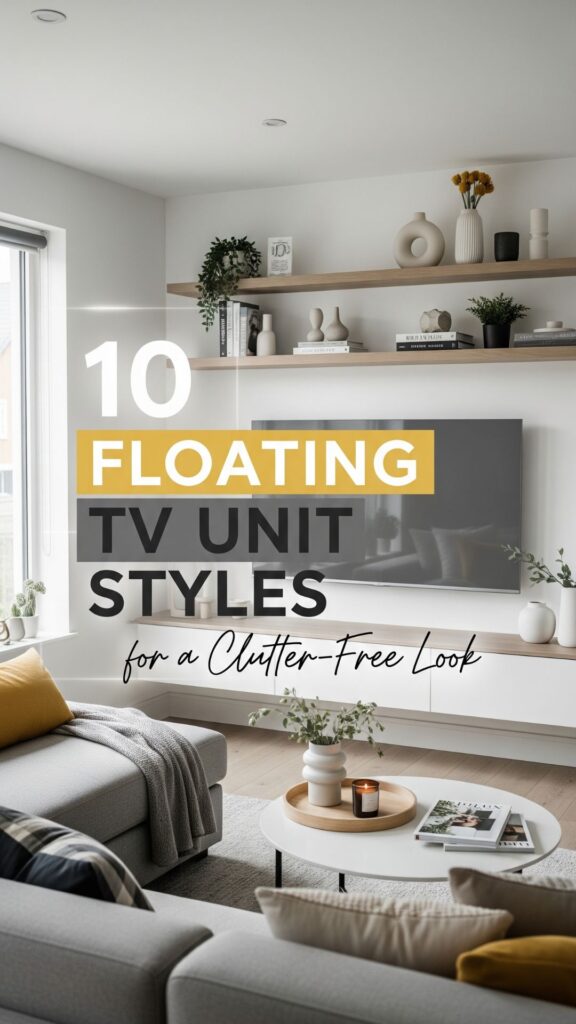
10 Floating Living Room TV Unit Styles
1. Minimalist White Floating TV Unit
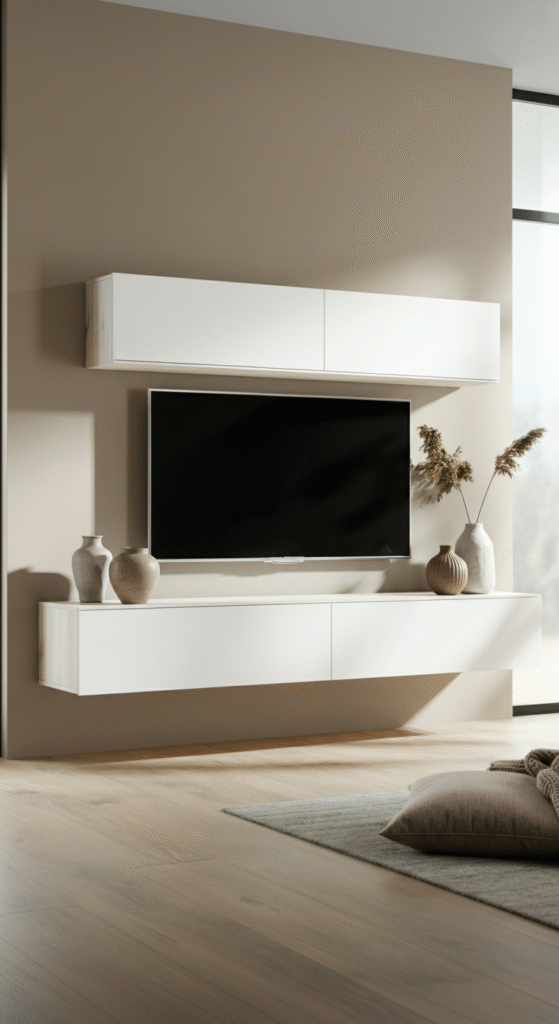
A minimalist white TV unit is timeless. Its clean lines, sleek design, and neutral tone create a calming backdrop that blends with any interior style.
Design Tip: Choose a high-gloss or matte white finish with hidden storage compartments to conceal wires and devices. This keeps your living room looking open and uncluttered.
Do you know? White floating units reflect natural light, making even smaller living rooms appear more spacious and brighter.
2. Wooden Floating TV Unit for Warmth and Texture
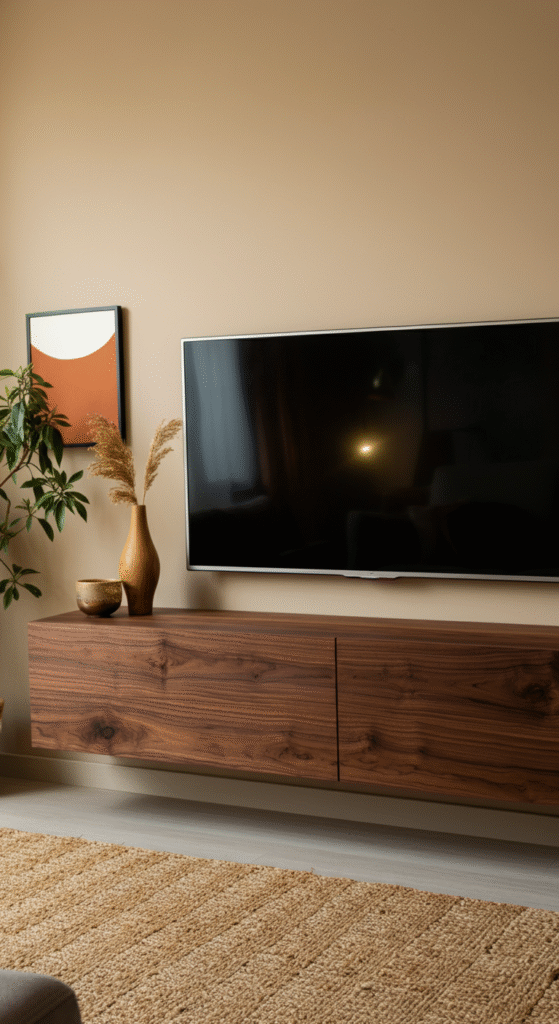
Wood brings natural warmth and a touch of coziness to your living space. Floating wooden TV units — whether in oak, walnut, or teak — add texture and depth to the wall.
Style Match: Perfect for Scandinavian, bohemian, and rustic interiors. Combine with neutral walls and indoor plants for a relaxed vibe.
Interesting Fact: The use of natural wood tones in modern interiors is known to lower stress levels and enhance comfort perception — a concept used in biophilic design.
3. High-Gloss Modern Floating TV Unit
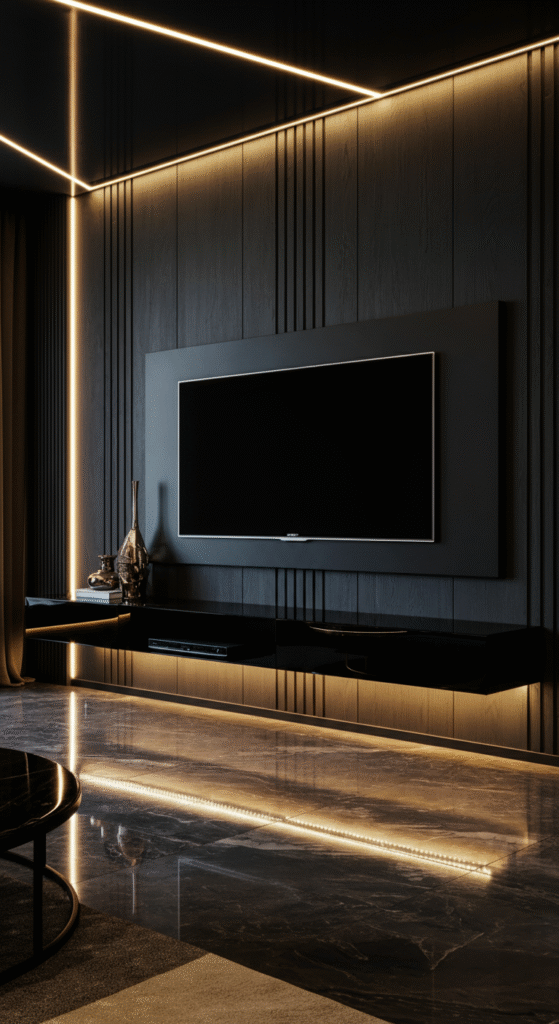
If you love luxury aesthetics, go for a high-gloss floating TV unit in shades like black, grey, or navy blue. The reflective surface gives your wall an elegant sheen while staying minimalist.
Design Idea: Add LED strip lighting beneath the unit for a futuristic, ambient glow that enhances the floating illusion.
Myth-Buster: Many assume glossy finishes are high-maintenance — but in reality, modern coatings are scratch-resistant and easy to clean, making them both stylish and practical.
4. Floating TV Unit with Open Shelving
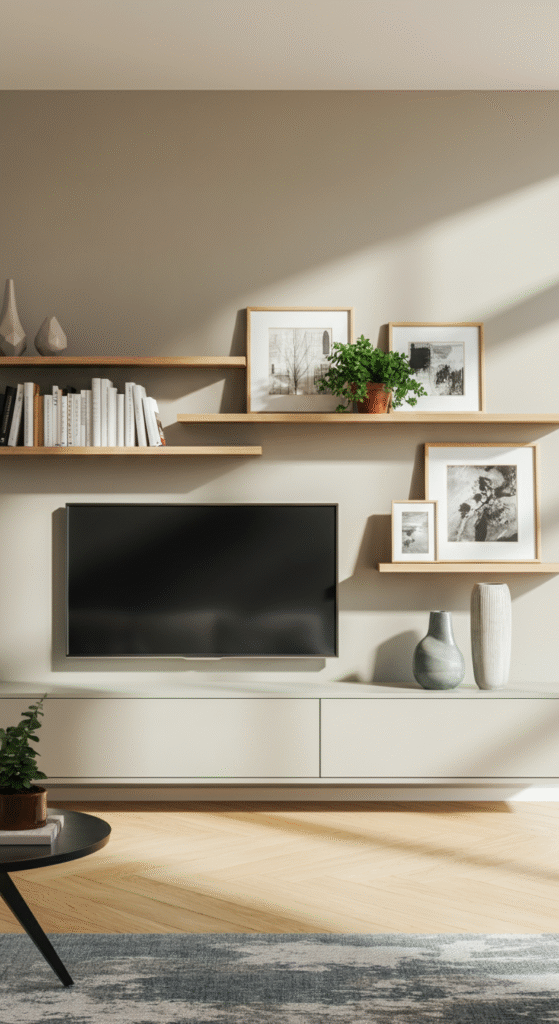
Want your TV area to double as a decor display zone? Choose a floating unit with open shelves for books, plants, or art pieces.
Balance Tip: Keep 70% of shelves minimal and 30% decorated to avoid clutter. Use symmetry or color coordination to maintain harmony.
Do you know? Open shelving units create the illusion of a taller wall by visually extending the vertical line of your TV zone.
5. Floating TV Unit with Hidden Storage Drawers
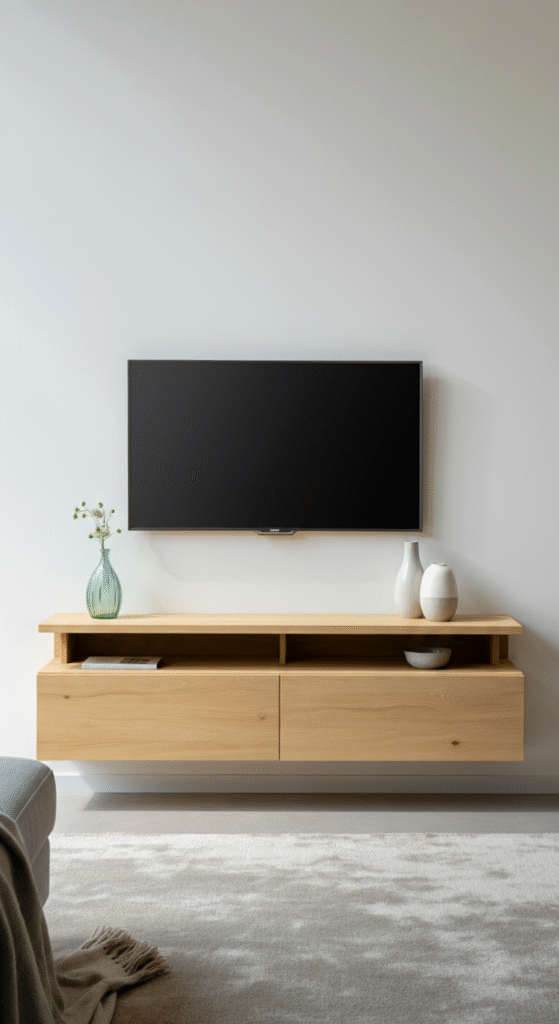
A true savior for cluttered homes. These units hide remotes, wires, and gaming consoles behind sleek push-to-open drawers.
Design Hack: Choose a wall-mounted model with built-in cable management — perfect for anyone who hates visible cords dangling under the screen.
Interesting Fact: Hidden storage furniture contributes to a cognitive declutter effect — your brain literally feels calmer when fewer objects are visible in your visual field.
6. Floating Concrete-Finish TV Unit
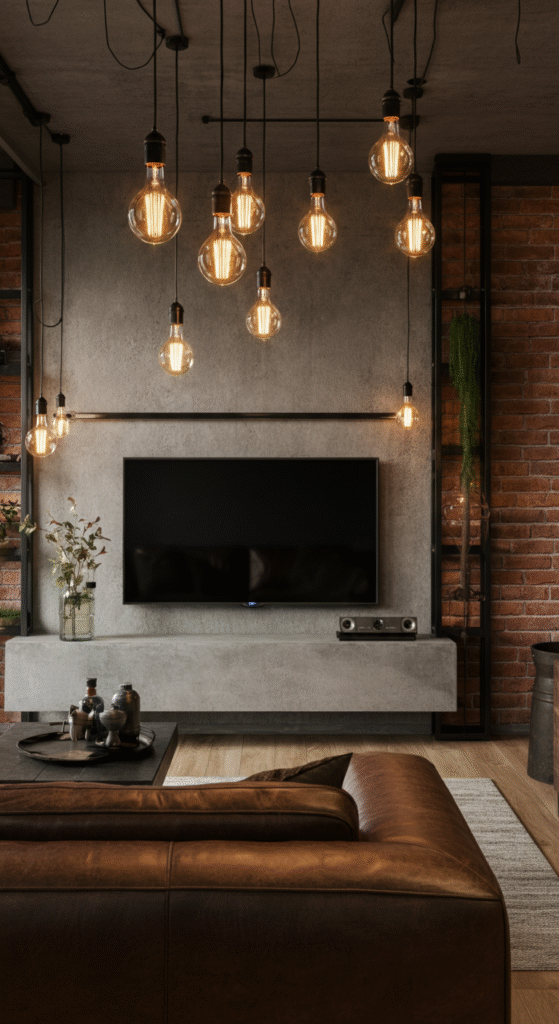
Industrial interiors are trending — and a concrete-finish TV unit captures that raw, urban vibe perfectly. It’s ideal for loft apartments or minimalist homes with exposed brick or metal decor.
Pairing Tip: Combine with black frames, abstract art, and Edison lighting to complete the industrial mood.
Myth Check: Concrete-look panels aren’t actually heavy. Most are made from lightweight composites that mimic the real texture without the weight or cost.
7. Two-Tone Floating TV Unit
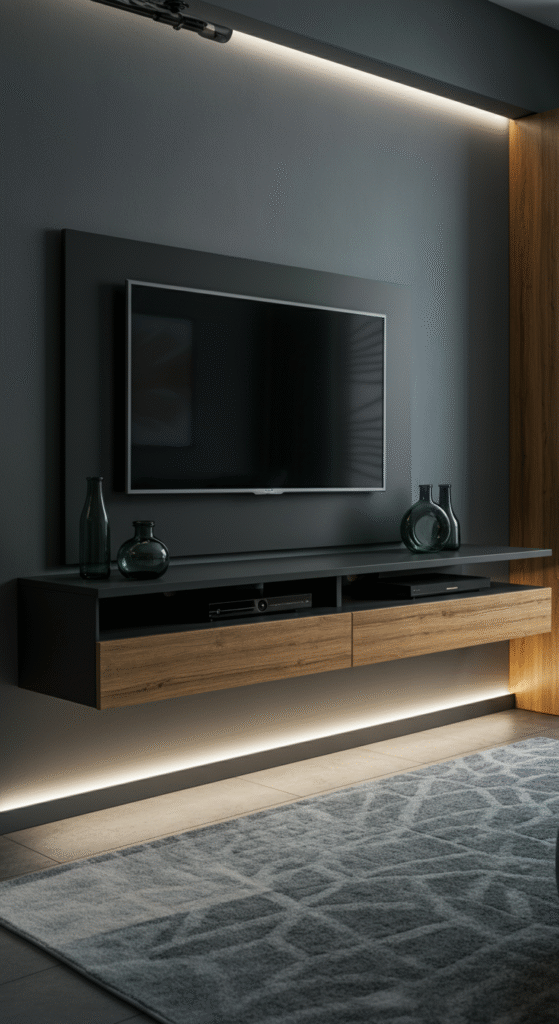
If you want contrast without chaos, try a two-tone design — such as white with oak, or black with walnut. It breaks the monotony and adds visual rhythm to your TV wall.
Styling Tip: Keep one tone neutral and let the other make a statement. For example, a matte black frame with wooden drawers brings instant sophistication.
Do you know? Contrasting tones guide the viewer’s eyes naturally — making the TV area the visual centerpiece of the room.
8. Floating TV Unit with Vertical Wall Panels
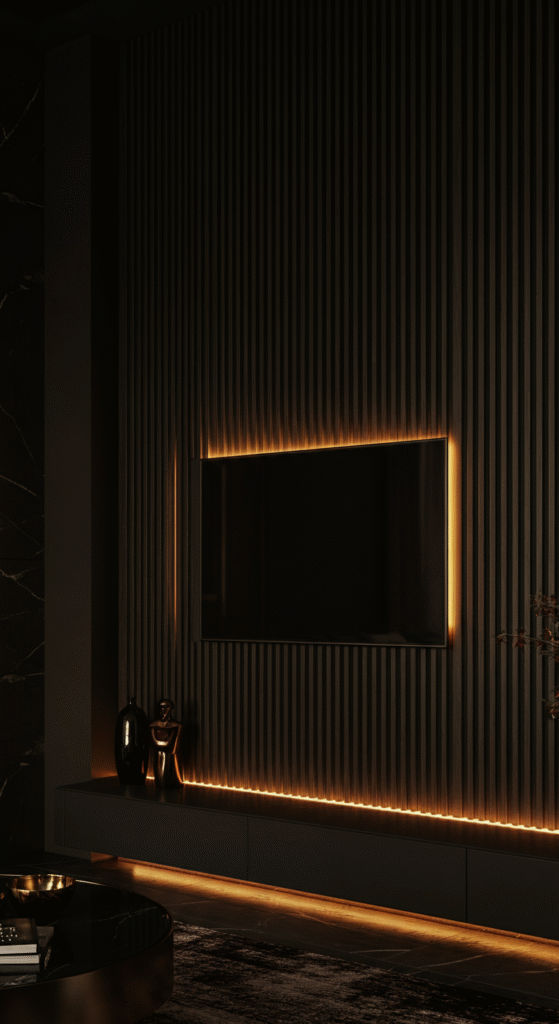
This modern design integrates the unit with vertical slatted wall panels behind the TV. It gives depth, dimension, and a custom-built appearance.
Design Insight: Use matching veneer panels or contrasting laminates to create a seamless wall-to-unit integration.
Interesting Fact: Vertical paneling subtly elongates your walls — making your ceiling appear higher and the room more spacious.
9. Floating Glass or Acrylic TV Unit
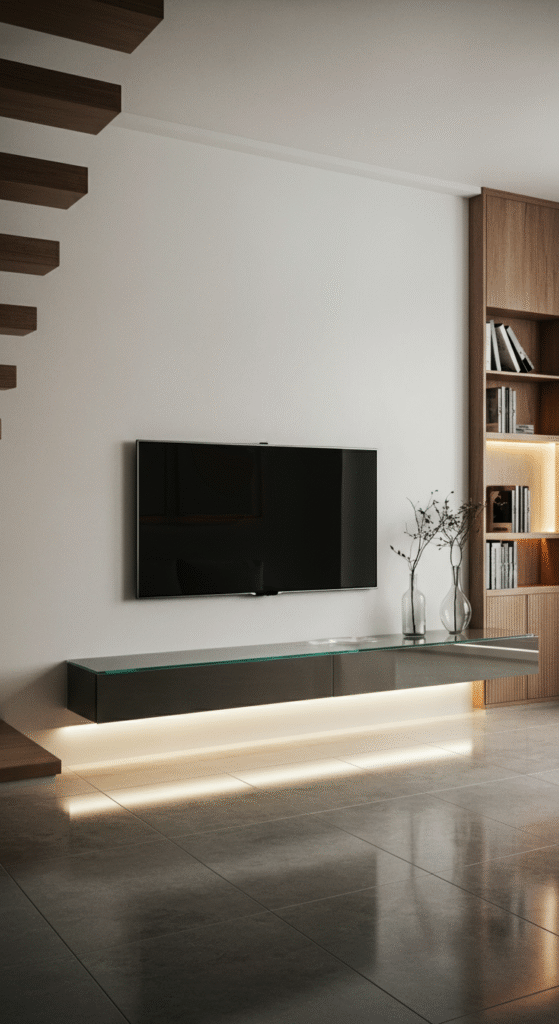
For ultra-modern or small spaces, a glass or acrylic TV unit is unbeatable. It’s visually lightweight, reflective, and almost invisible — perfect for minimalists.
Design Tip: Pair clear or smoked glass shelves with concealed steel brackets for a sleek floating illusion.
Myth-Buster: People often think glass furniture is fragile, but tempered glass is up to 4–5 times stronger than regular glass, making it perfectly safe for modern homes.
10. Floating TV Unit with Side Cabinets or Wall-Mounted Towers
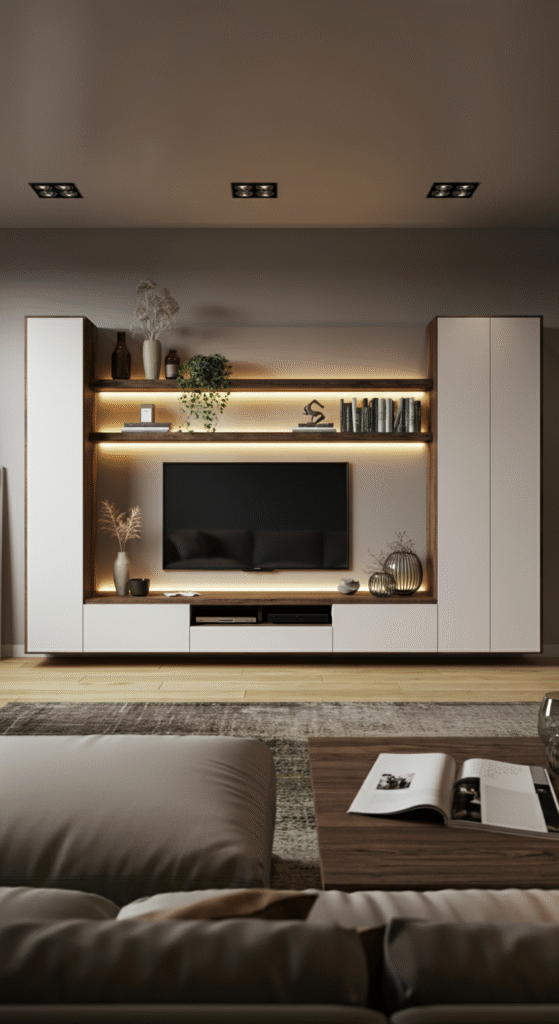
If you have a wide wall or a large living room, extend your floating TV unit with side towers or vertical cabinets. This creates a balanced entertainment wall and offers abundant hidden storage.
Layout Tip: Keep the central unit low and sleek, and extend side cabinets vertically to frame the TV.
Do you know? This layout creates a visual anchor — giving structure and balance to large empty walls while keeping everything off the floor.
Bonus: Floating TV Unit with Integrated Lighting
This design deserves a special mention. Integrated LED lighting — whether under the shelf, around the TV panel, or behind the unit — transforms a regular setup into a cinematic focal point.
Lighting Tip: Use warm white lights for cozy evenings and cool daylight tones for a clean, modern look.
Interesting Fact: Ambient lighting reduces eye strain when watching TV in dark rooms, improving your viewing comfort.
Conclusion
A floating TV unit isn’t just a furniture choice — it’s a statement of modern living.
It turns your entertainment wall into a sleek, space-saving focal point while promoting a clutter-free, visually calming environment. Whether you prefer the warmth of wood, the sophistication of gloss, or the minimalism of glass, there’s a floating design that fits your lifestyle.
Here’s the takeaway: declutter your floor, elevate your design, and let your TV wall breathe.
Your living room deserves a setup that feels open, balanced, and effortlessly stylish — and a floating TV unit is the perfect start.
Frequently Asked Questions (FAQs)
Are floating TV units strong enough to hold heavy televisions?
Yes. Modern floating TV units are designed with reinforced brackets that can easily support large flat-screen TVs — even up to 75 inches. Just ensure the wall is sturdy (preferably concrete or brick) and the installation is handled by professionals.
What materials are best for floating TV units?
Common materials include engineered wood (MDF), plywood with laminate finish, solid wood, glass, and metal. For durability, MDF with a high-quality laminate or veneer finish is a cost-effective and stylish choice.
How high should I mount a floating TV unit?
Ideally, the bottom edge of the unit should be 12–15 inches above the floor. This height creates the perfect “floating” effect and keeps your viewing angle comfortable from the sofa.
Do floating TV units save space?
Absolutely. By keeping the floor area clear, floating TV units create an illusion of more space and allow easy cleaning underneath. They are especially effective in compact apartments and modern minimalist homes.
Can I install a floating TV unit on a drywall partition?
Yes, but with proper reinforcement. You’ll need metal studs or a plywood backing inside the wall to secure the mounting brackets safely. Avoid attaching heavy units directly to drywall without support.
